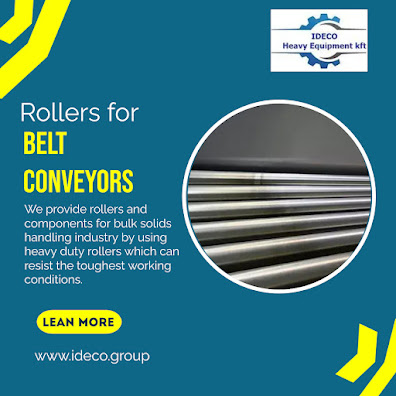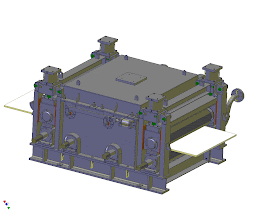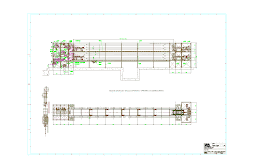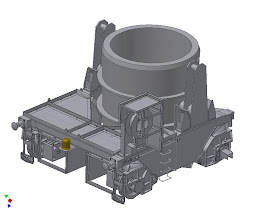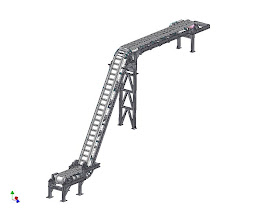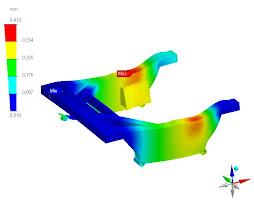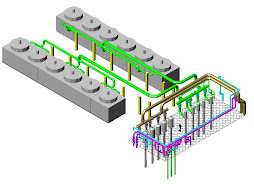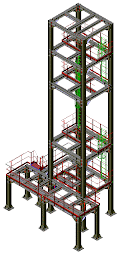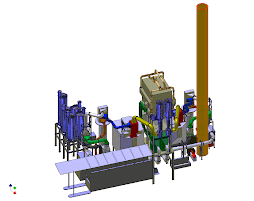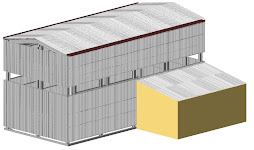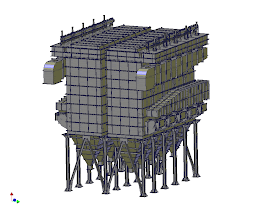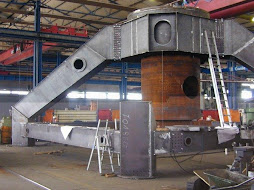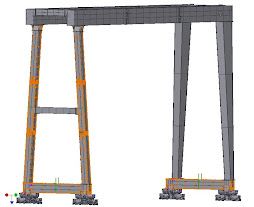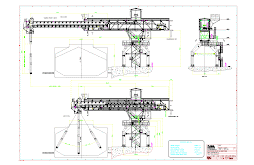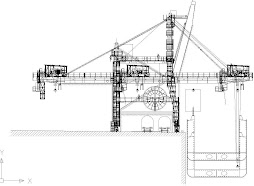An increasing number of firms are using more inexpensive, adaptable, and agile robots to streamline operations in order to fulfill strict demands and remain competitive in the face of the global pandemic. This is particularly true in the material handlings applications such as assembling, picking, packaging, palletizing, component transfer, and machine tending.
The market for installed automated material handling
equipment is still dominated by the robot section of the automated material
handling equipment industry. Historically used to assist factories in
increasing operating efficiency, improving product quality, and lowering
manufacturing costs, robots are currently being used for newer, more diverse
reasons:
1. 1. Changing Customer Attitudes
Consumer needs continue to expand in complexity and flexibility. For manufacturers the ability to accept product modification and personalisation swiftly while maintaining the highest quality is critical. To effectively manage the increase in demand for this product differentiation, business leaders are shifting from fixed automation layouts with task-specific machinery to flexible automation options with more adaptive technologies, providing employees with the robust yet versatile tools they need to succeed.
With this in mind, the employment of rapid, compact industrial robots is revolutionizing many primary and secondary packaging needs. Easy-to-program collaborative robots (cobots), designed to operate securely with or alongside people, are also supporting incredibly productive workplaces, enabling rapid deployment and redeployment on demand.
2 2. Increasing Automation Trust
The advancement of safety standards, as well as the creation of user-friendly robots, has made corporate executives more confident than ever regarding robotic implementation. It is simple to get the capacity to improve operations and control the increase in consumer product diversity. Whether a robot is industrial or collaborative in design, people may now work securely alongside or near robots, accomplishing prescribed duties as needed. Most of this adaptability is due to three collaborative robot modes:
A. Limiting Power and Force
Cobots like the HC10XP and HC20XP, which are frequently used for light assembly, machine tending, picking, packing, and palletizing applications, contain Power and Force Limiting (PFL) technology that makes them intrinsically safe by design. Robots like this one respond fast to contact thanks to dual channel torque sensors in all joints that continually measure force.
B. Hand Guidance
This unique function featured on some PFL collaborative robots allows a robot programmer to teach a programmed route to the robot by physically directing it from point to point. It is ideal for basic pick-and-place activities. Robot-mounted push buttons enable the use of hand guidance as well as safe human-robot contact, simplifying the programming process.
C.
Monitoring of Speed and Separation
This model is often used to improve cycle durations and is also well-suited for pick-and-place applications that need frequent human-robot contact. Speed and separation monitoring use laser scanners or light curtains to detect human activity near the robot paired with the FSU, allowing both industrial and collaborative robots to work within a pre-defined safety zone.
3. 3. Reassess Supply Chain Operations
The increase in demand for general-purpose items throughout the pandemic, as well as the increase in internet purchasing, is prompting several business owners to aggressively examine operations and handle logistical difficulties using robotic automation in order to ensure on-time delivery.
Most of the surge in robotic usage over the previous year has served to improve supply chain flow, from adapting existing manufacturing and warehouse facilities to building Distributed Manufacturing Systems (DMS). DMS is a potential method, which maintains a network of geographically distributed facilities interlaced with workplaces controlled by humans and interleaved with smart technology.
With this in mind, dynamic factory and distribution environments are meeting a variety of production needs by combining robots, vision systems, custom end-of-arm tooling (EOAT), and other components on robotic platforms capable of autonomously maneuvering throughout a facility to complete a programmed task. These highly adaptable, autonomous robots (AMRs) conduct tasks like as selecting, sorting, and on-demand material transfer in an efficient and safe manner.
There are a number of reasons why business executives are feeling driven to reinforce their workforces through robotic automation, whether it is to sustain product quantities around the clock or to keep human workers content and safe. Employing robots to conduct basic material handling activities while freeing up human workers to perform higher-value-added duties inside a corporation is frequently a "win-win" situation. High-capability robotic arms do difficult tasks, saving human employees from working fatigue.
Robots, which can operate 24 hours a day, are tremendously useful for sustaining product productivity, particularly in a post-Covid industrial scenario where delaying or stopping production for physical distance or sickness outbreaks is a new reality.

